In Ruchir Shama’s opinion piece last month, he wrote about recent efforts to move “beyond…
How Happiness and Sustainability Connect
This essay is by Laura Musikanski, executive director and co-founder of the Happiness Alliance. Her reflection was originally published on April 25, 2016 at that group’s blog site and remains timeless. Blog
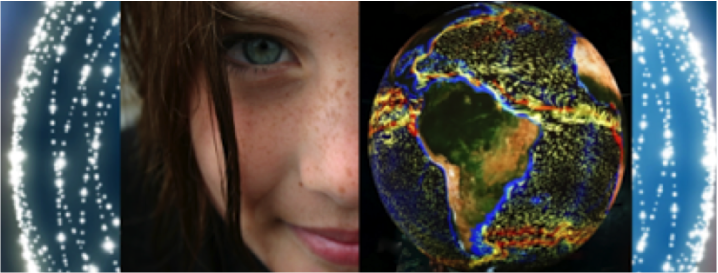
The best way to predict the future is to design it. Buckminster Fuller.
For the last ten years, my life has been dedicating to help design a future where all beings can meet their needs, a future where all can be happy and thrive. The project is called the Happiness Alliance, and while the name may sound silly, the work is serious. Visionaries in communities and organizations worldwide are using the Happiness Alliance’s tools and resources to design our future. They all understand three simple principles linking sustainability and happiness.
Happiness, Sustainability and History
Two thousand three hundred and sixty years ago, Aristotle wrote a phrase translated today as “happiness is the meaning and purpose of life, the whole aim and end of human existence” in the Nicomachean Ethics(named for his father and son). For Aristotle, as with the Declaration of Independence, the nation of Bhutan and the happiness movement, happiness is defined as eudaimonia (eu-good, daimon-soul or spirit), meaning human flourishing. The concept of sustainability was first applied to our earth’s systems in 1987 by the Brundtland Commission in report that heralded the sustainability movement, “Our Common Future.” And here is the root of the nexus between sustainability and happiness: human flourishing is dependent upon our planet’s natural, social, economic, and personal systems flourishing.
It’s a no-brainer. So why do we keep getting it wrong? There are three principles we forget to use:
- We got confused about what makes us happy,
- we let our amygdala override our cerebral cortex,
- and, in the words of C.G. Jung, “What you resist, persists.”
Let’s look at each principles and what we can do about it.
What Makes Us Happy
We started equating money with happiness after World War Two when the Allies got together for a conference they called Bretton Woods. The aim was to end any future world wars by binding economies together. A decision was made to use the Gross Domestic Project (back then Gross National Product) to measure economies. The author of the Gross Domestic Product (GDP), Simon Kuznets, had created the metric for Congress to help us pull our nation out of the Great Depression. Back then, he cautioned policy makers that “…the welfare of a nation can, therefore, scarcely be inferred from a measure of national income…” No one heeded.
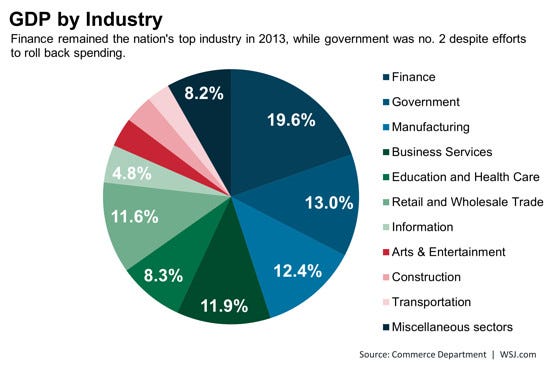
Soon economic prosperity became a proxy for societal and personal well-being. A strong economy meant a happy people. A profitable entity was a social good. Being rich meant you had to be happy, right?
Wrong. Happiness research tells us money does make you happier when you are using it to meet needs, but it turns out that being really rich often leads to a stressful existence, and sometimes to less happiness than the middle class. These findings hold true in the long run.
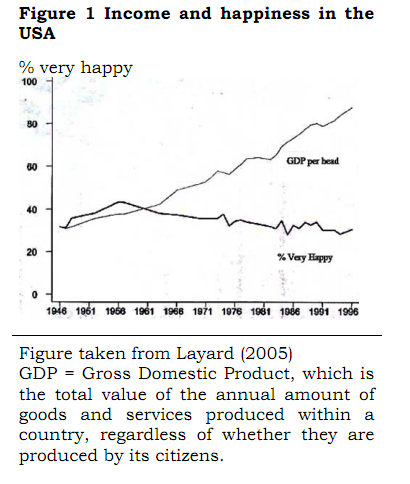
So what can you do about it? Surprisingly the answer is simple. Less really is more. If you earn or yield 75K or more a year, make less money. If you have less, find community based ways to meet your needs. Follow your passion instead of being lead by fear or greed. You might even join the “cult” if Mr. Moustache. Rekindle your connection to nature, maybe take a clue from theOur Happiness and The Environment Data Story.
Rewiring the Brain
Our brains are wired for the negative, for the short run, for immediate gratification. If it were not that way, we would not have survived as a species. It’s our amygdala that runs our fight or flight reactions, our feelings of fear, desire, anger and our conditioning from situations in which we felt those feelings. It keeps us oriented towards the short run, only too ready to trade today’s safety, satisfaction and satiation for tomorrow’s.
And it may be our downfall.
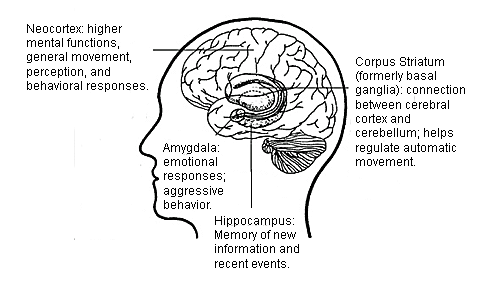
Our cerebral cortex is where long-term thinking takes place. Its also the place for reason, restraint, imagination, creativity, and ingenuity; the qualities we need to envision a sustainable future and ensure the survival of our species on our planet. But too often the amygdala trumps the cerebral cortex. Our brains are wired to do this.
So what can you do about it?

Brain science is revealing a simple answer. It’s something we all have heard about. Its called mindfulness. The science is telling us that when we practice mindfulness, we rewire our brain. Training the mind with mindfulness practice is like at once calming the mad dogs and exercising the heros and angels within us. Mindfulness practice can take many forms, and you might find one that suits your personality type.
What You Resist, Persists
Carl Jung considered himself more of a therapist for the world than for individuals. He, like many of us, was out to save humanity, change the world, make a difference. He said something really simple:

What you resist, persists.
But it’s so very deceptively seductive to fight against something we don’t want for a future we do want. (This goes back to rewiring our brain). Climate change. Ecosystem annihilation. Inequality. Hate crimes. Slavery. Wars. Just reading the words elicits feelings of wanting to fight or flee.
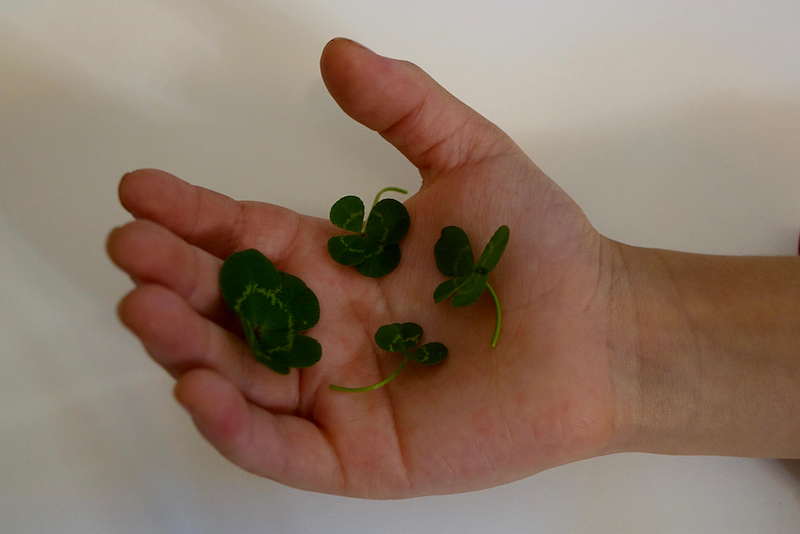
Focusing on what we do want opens our brains, opens our hearts and opens our hands. And that is what the work I do is all about, and one of the reasons I jumped ship, as some say, from the sustainability movement back in 2010, to the happiness movement. But I do not see it that way. I see the happiness movement as a natural evolution of the sustainability movement, and that by focusing on our own happiness, the happiness and well-being of others, and the health of our planet, we will arrive at a sustainable future where all can not only meet their needs, but thrive.
So join me in the happiness movement. All the tools are free, and anyone can use them to any scale. To your happiness!
Laura Musikanski @happycounts.org
